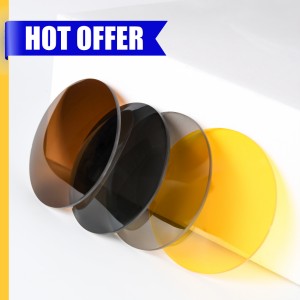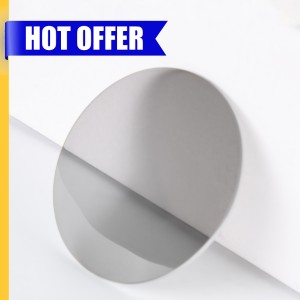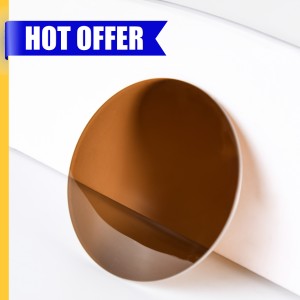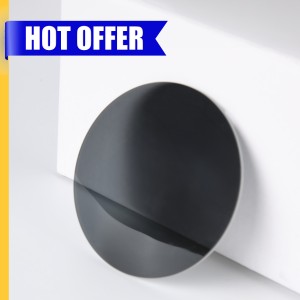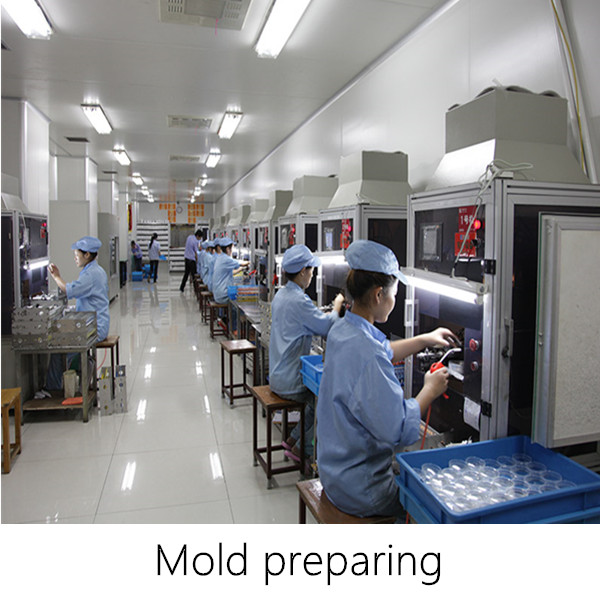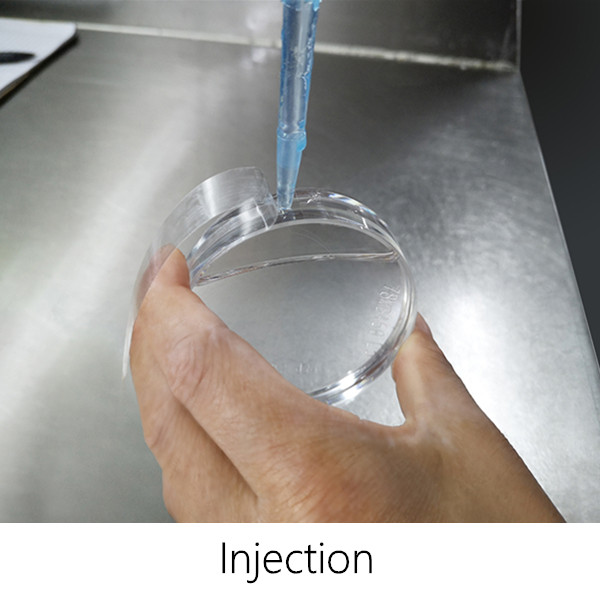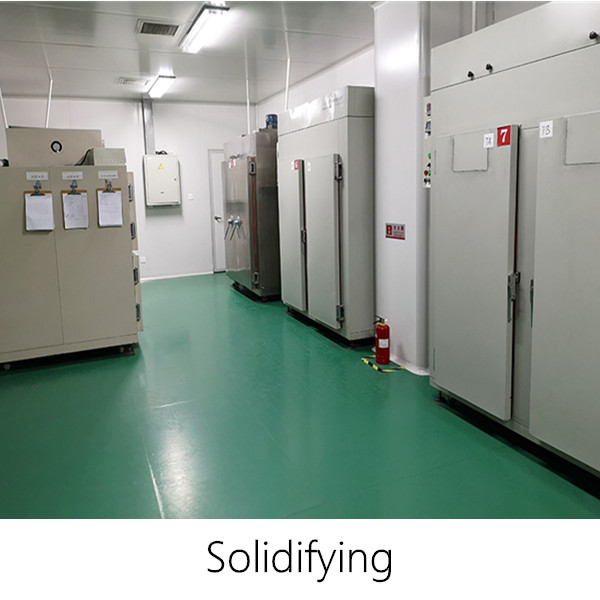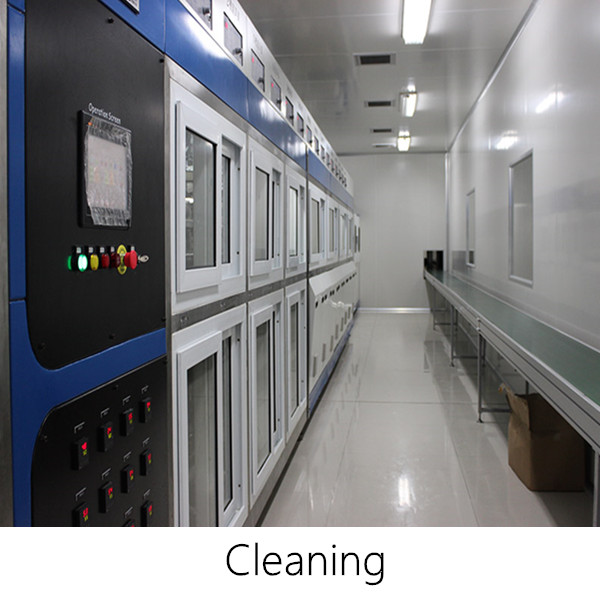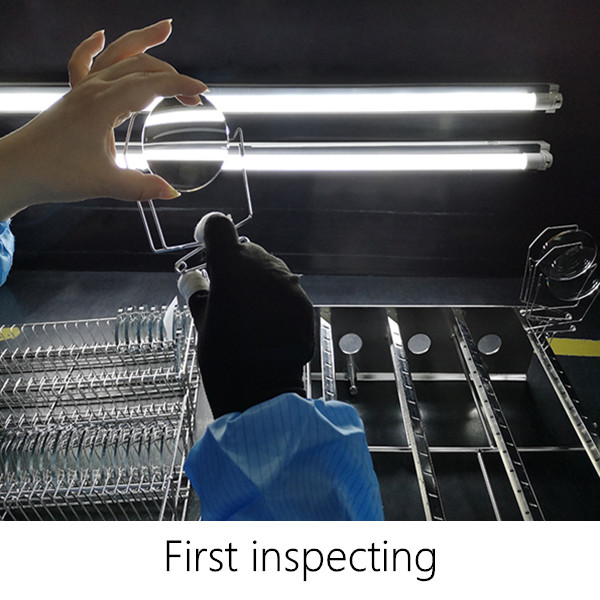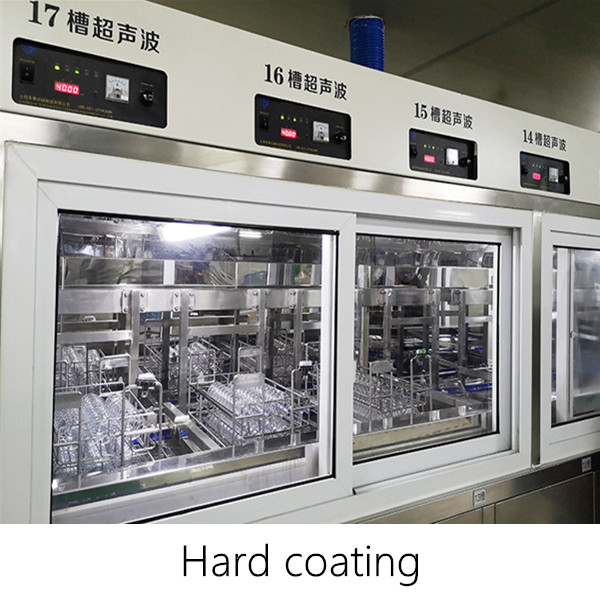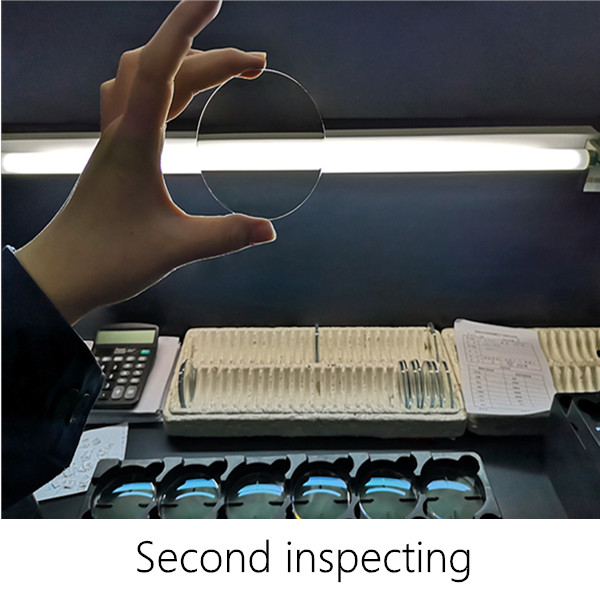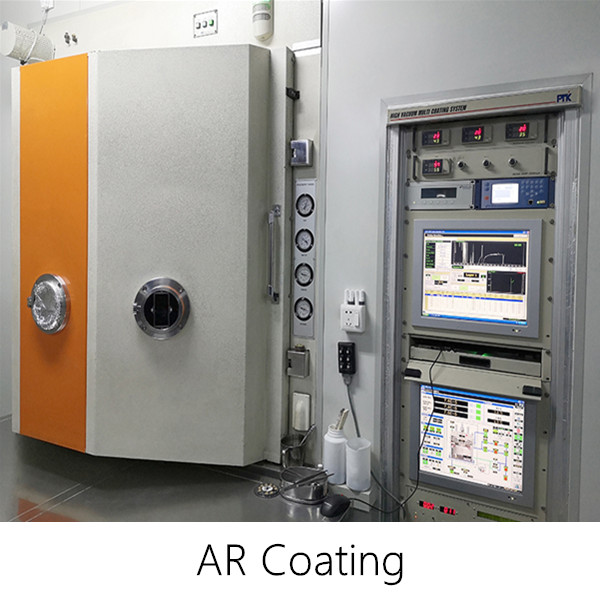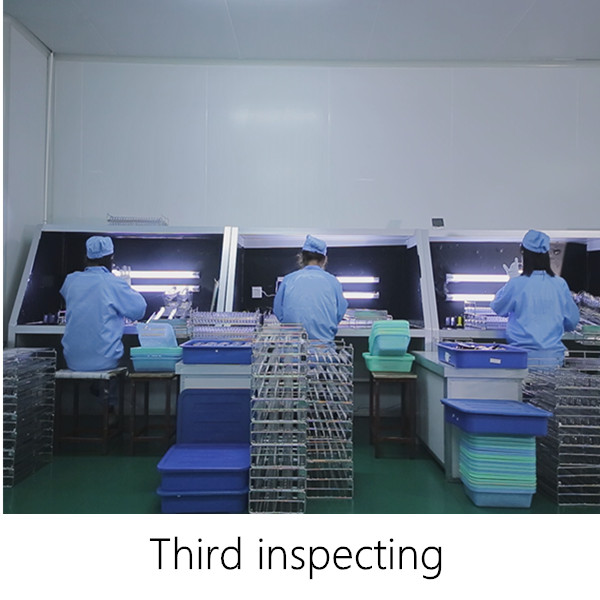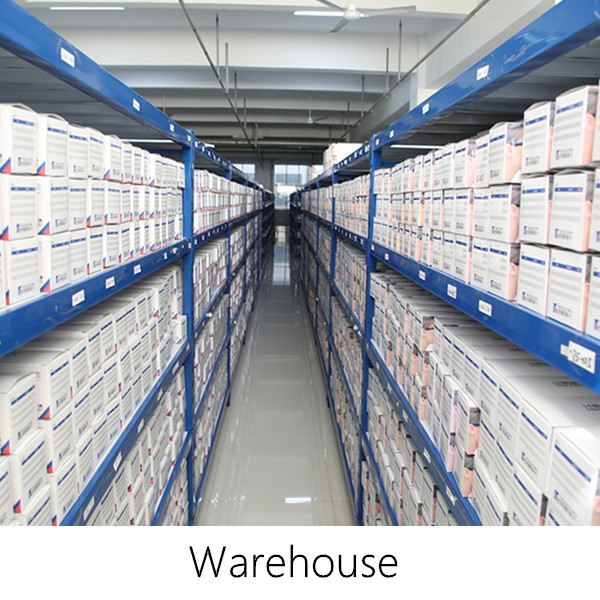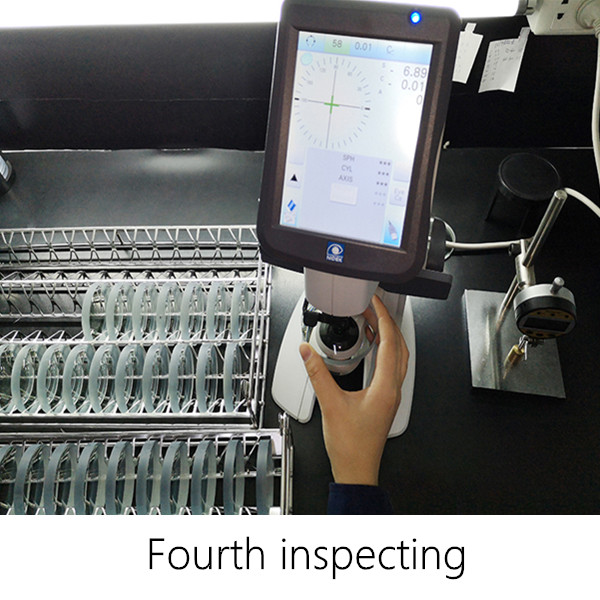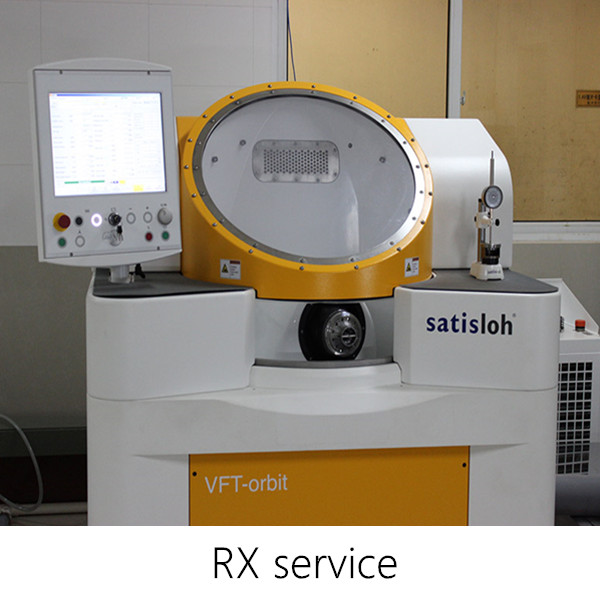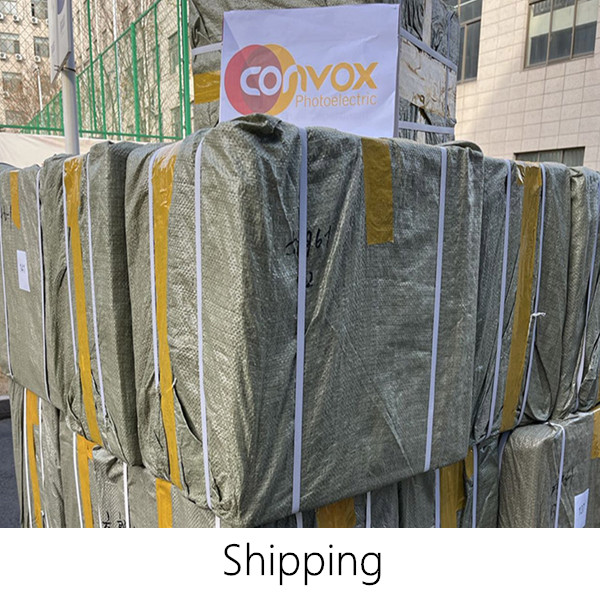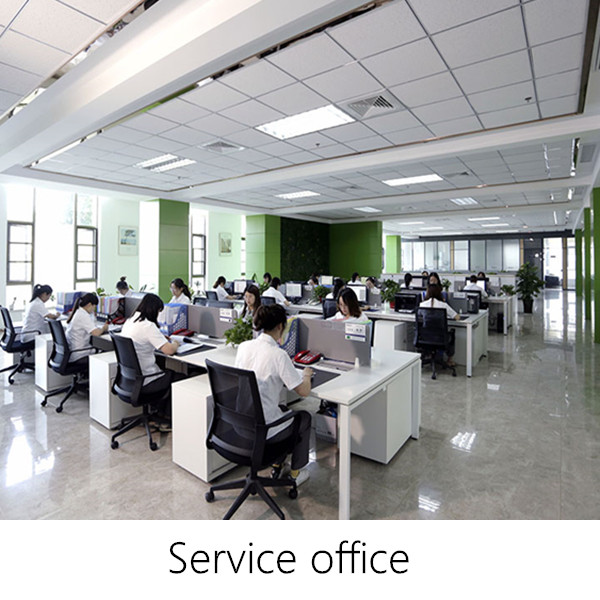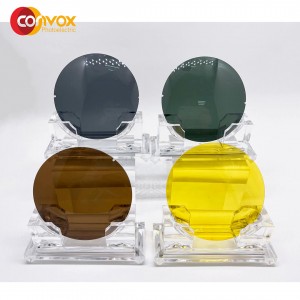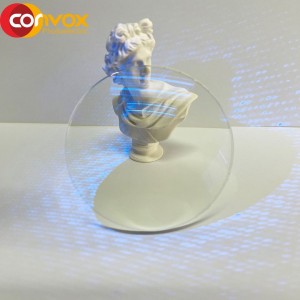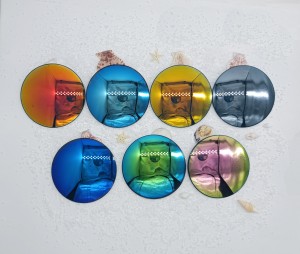CONVOX 1.49 1.56 summer tinted hmc optical colorful sunglasses lens
What products can we make
Index: 1.499, 1.56,1.60, 1.67, 1.71,1.74, 1.76,1.59 PC Polycarbonate
1.Single Vision Lenses
2. Bifocal/Progressive lenses
3. Photochromic Lenses
4. Blue Cut Lenses
5. Sunglasses/Polarized lenses
6. Rx lenses for single vision, bifocal, freeform progressive
AR treatment: Anti-fog, Anti-Glare, Anti-virus, IR, AR coating color.

Products Description
| Index | 1.49/1.56 |
| Diameter | 70/75 mm |
| Vision Effect | SINGLE VISION |
| Coating | UC |
| Lenses Color | GREY/GREEN/BROWN/YELLOW |
| Abrasion Resistance | 6-8H |
| MOQ | 100PAIRS |
What is UV

What is UV?
All eyes need protection from the burning rays of the sun. The most dangerous rays are called ultra violet (UV) and they are broken into three categories. The shortest wavelengths, UVC are absorbed in the atmosphere and never make it to the surface of the earth. The middle range (290-315nm), higher energy UVB rays burn your skin and are absorbed by your cornea, the clear window on the front of your eye. The longest region (315-380nm) called UVA rays, pass to the interior of your eye. This exposure has been linked to the formation of cataracts as this light is absorbed by the crystalline lens. Once a cataract is removed the very sensitive retina is exposed to these damaging rays.So need sun lens to protect our eyes.
Why we need tinted sun lens?
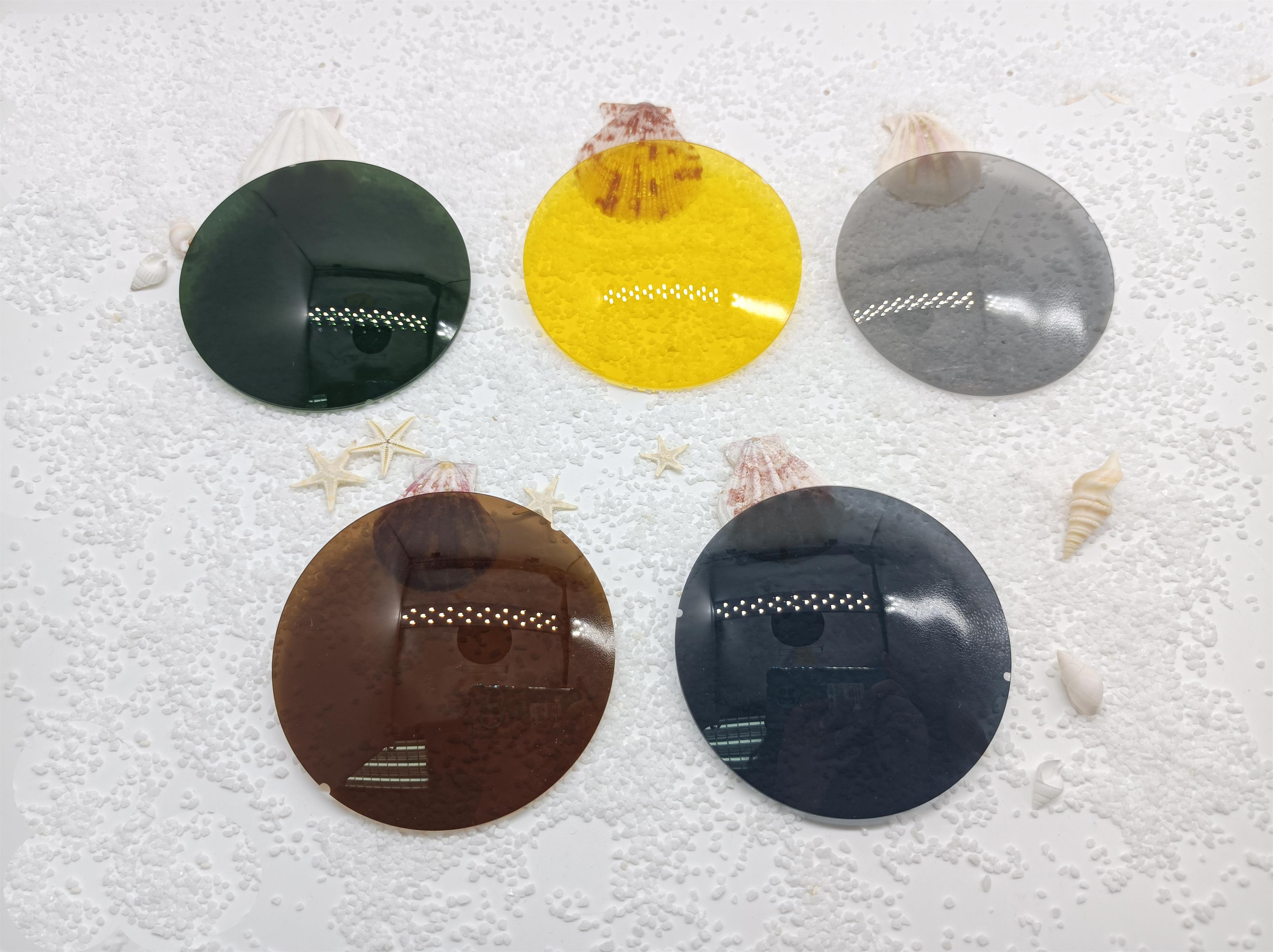
Why We Need Sun Tinted Lens?
Research shows that long-term, unprotected exposure to UVA and UVB rays may contribute to the development of serious eye conditions such as cataracts and macular degeneration.Sun lens help prevent sun exposure around the eyes which can lead to skin cancer, cataracts and wrinkles. Sun lenses are also proven safest visual protection for driving and provide the best overall wellness and UV protection for your eyes outdoors.
Grey lenses lessen all wavelengths equally. They reduce brightness while maintaining your color perception.
Brown lenses absorb light in the UV and blue end of the spectrum while reducing the intensity of the surrounding light. While there may be some difficulty that attends recognizing colors, some feel a brown lens can enhance contrast.
G-15 Green lenses It is essentially a combination of a grey and green tint that transmits 15% (blocks 85%) of the light.
Yellow lenses filter blue light. These shorter wavelengths bounce off water particles in the air intensifying the impact of fog and haze. A yellow lens can reduce the impact of that haze, but still reduces the amount of available light and should never be worn at night.
Gradient Lenses: Gradient lenses are tinted from the top down – the top of the lens is darkest and fades to a lighter color at the bottom of the lens. Gradient lenses are good for driving, as they protect your eyes from overhead sunlight but allow more light through the bottom half of the lens so that you can see your car dashboard clearly.

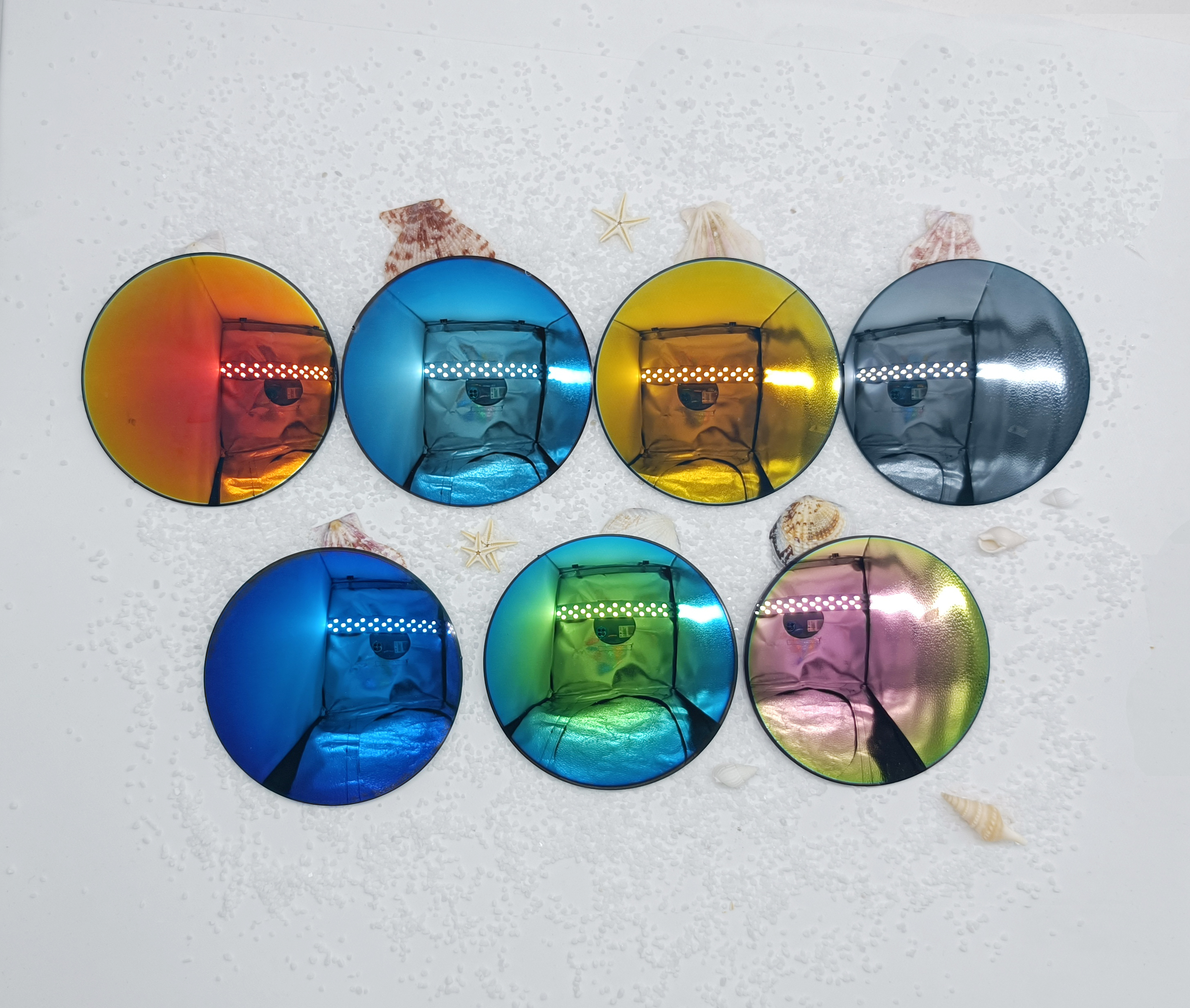

Products Show
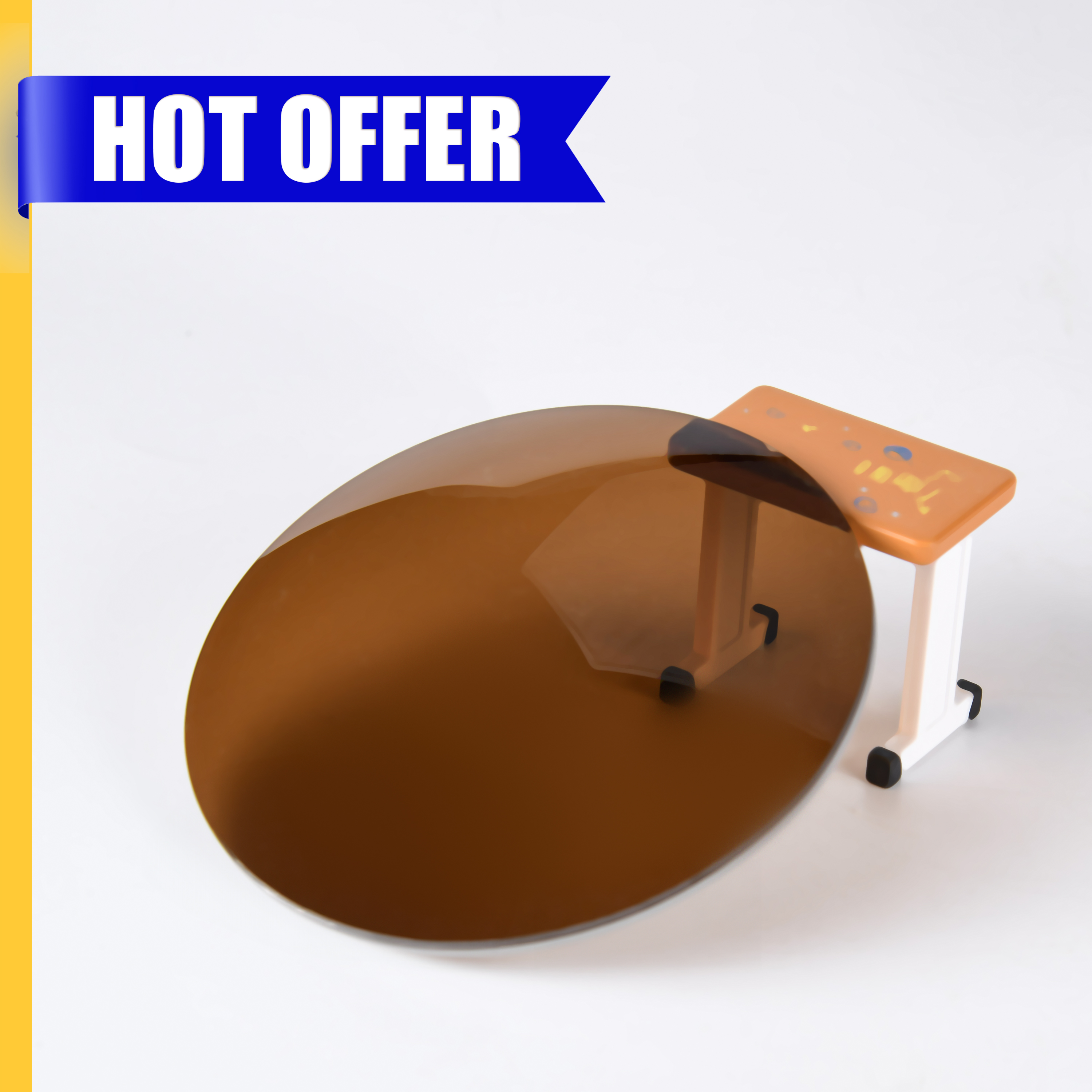
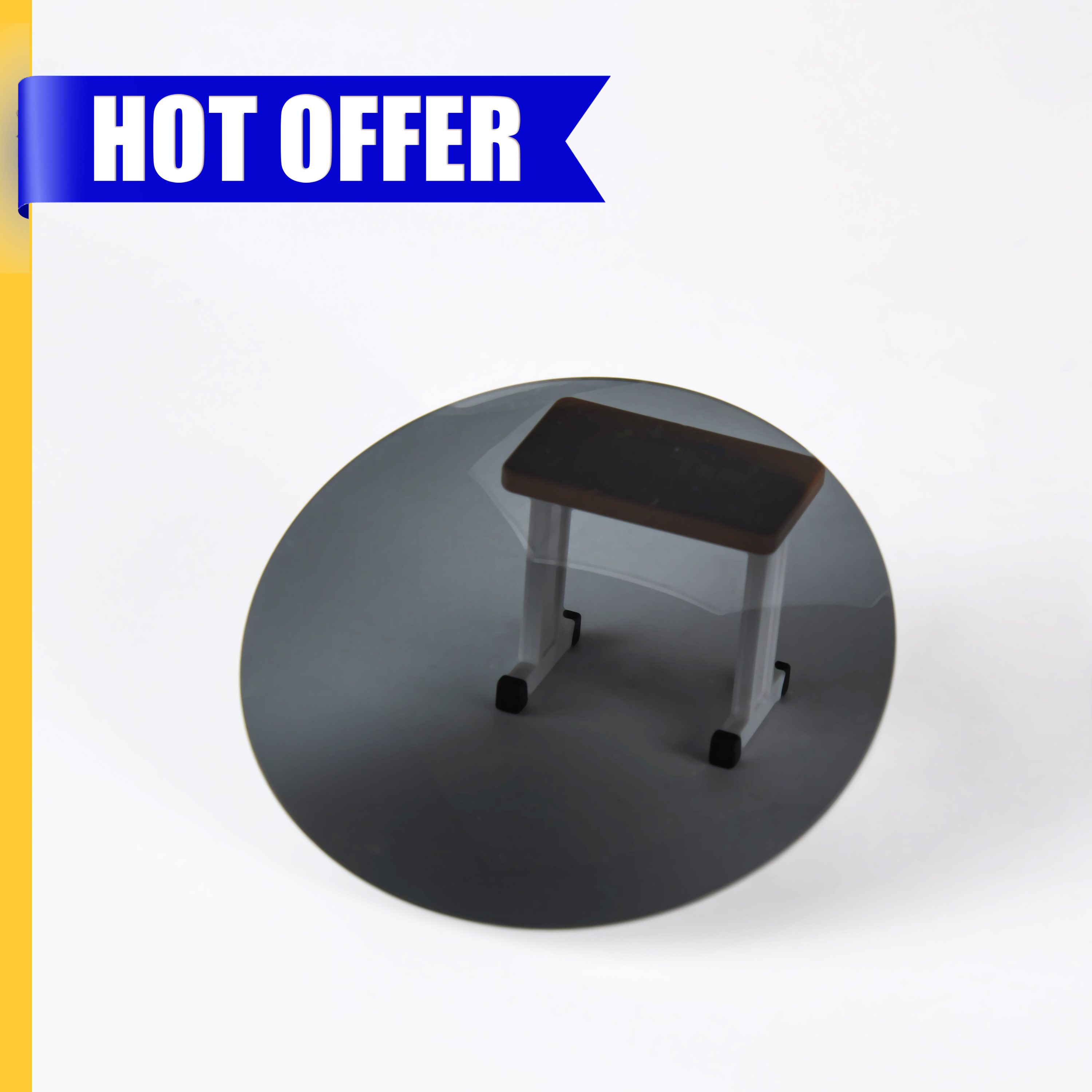
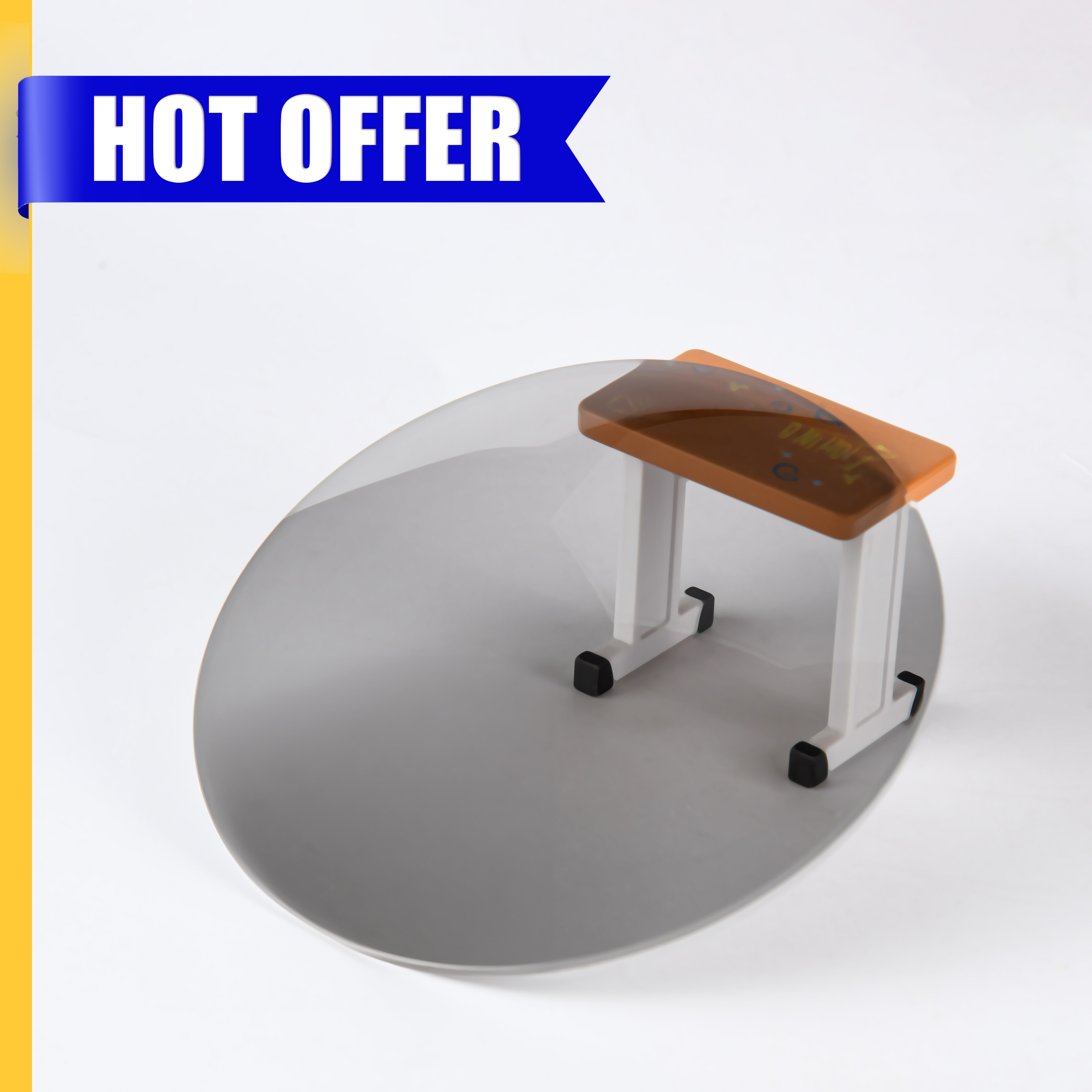
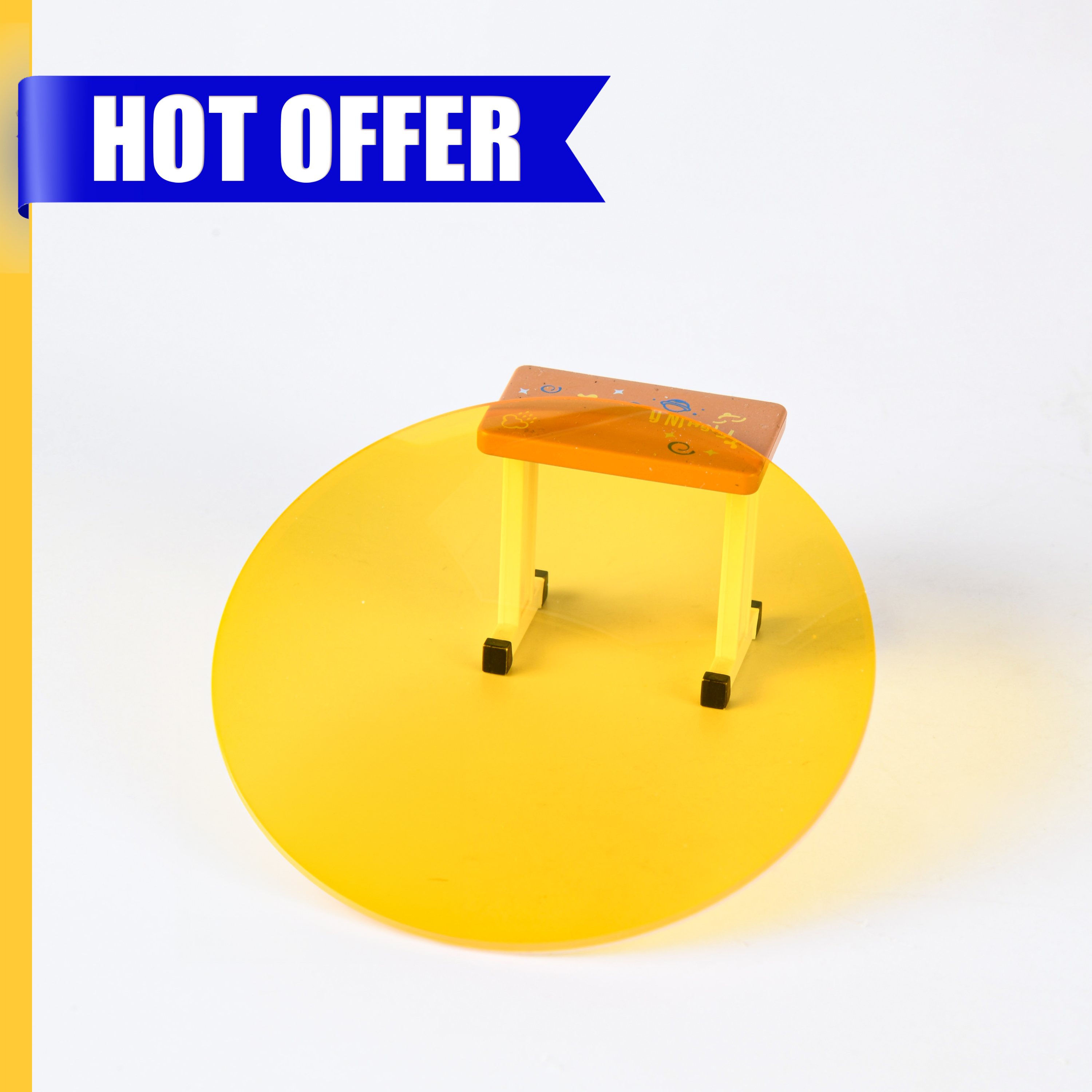
Product Packaging
- Packaging Details
- Sun lens packing:envelops packing (For choice):
1)standard white envelops
2)OEM with customer's LOGO, have MOQ requirement
cartons: standard cartons:50CM*45CM*33CM(Every carton can include around 500 pairs lens,21KG/CARTON)
Port:SHANGHAI
Shipping & Package
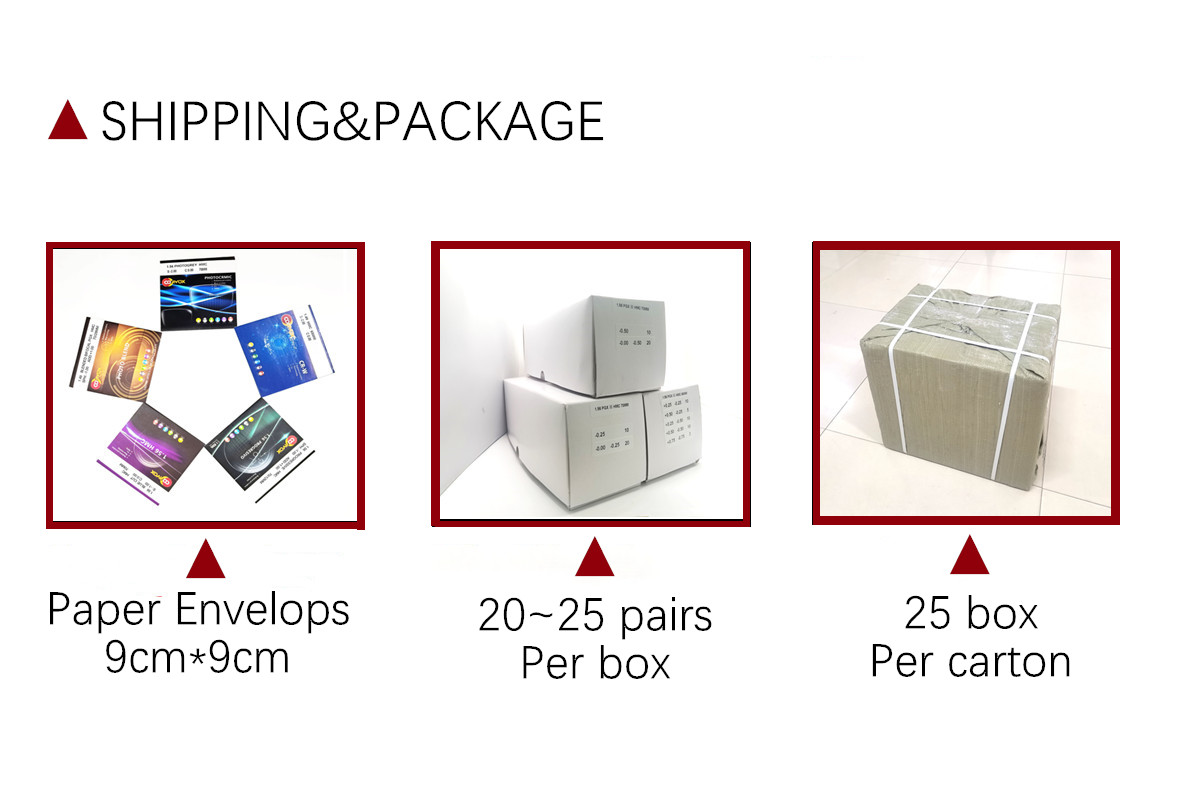
Production Flow Chart
About Us

Certificate

Exhibition

Our Products Testing

Quality Checking Procedure

FAQ



